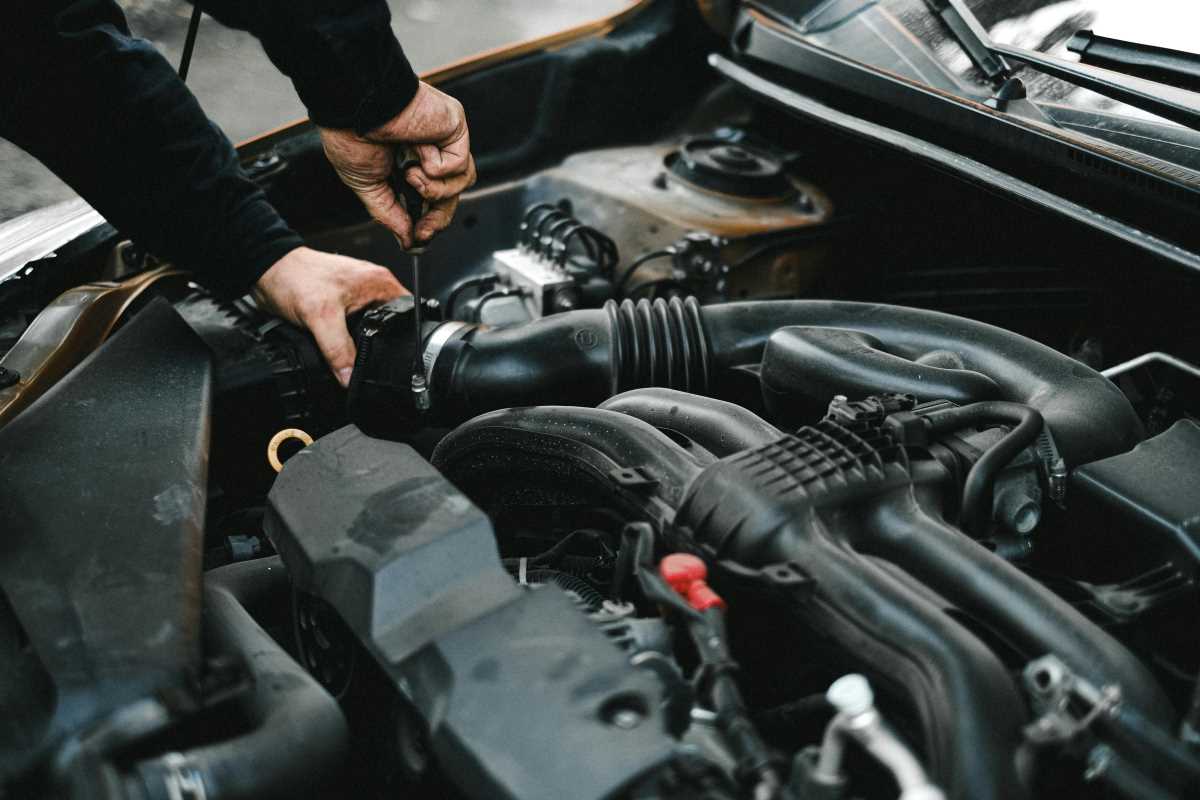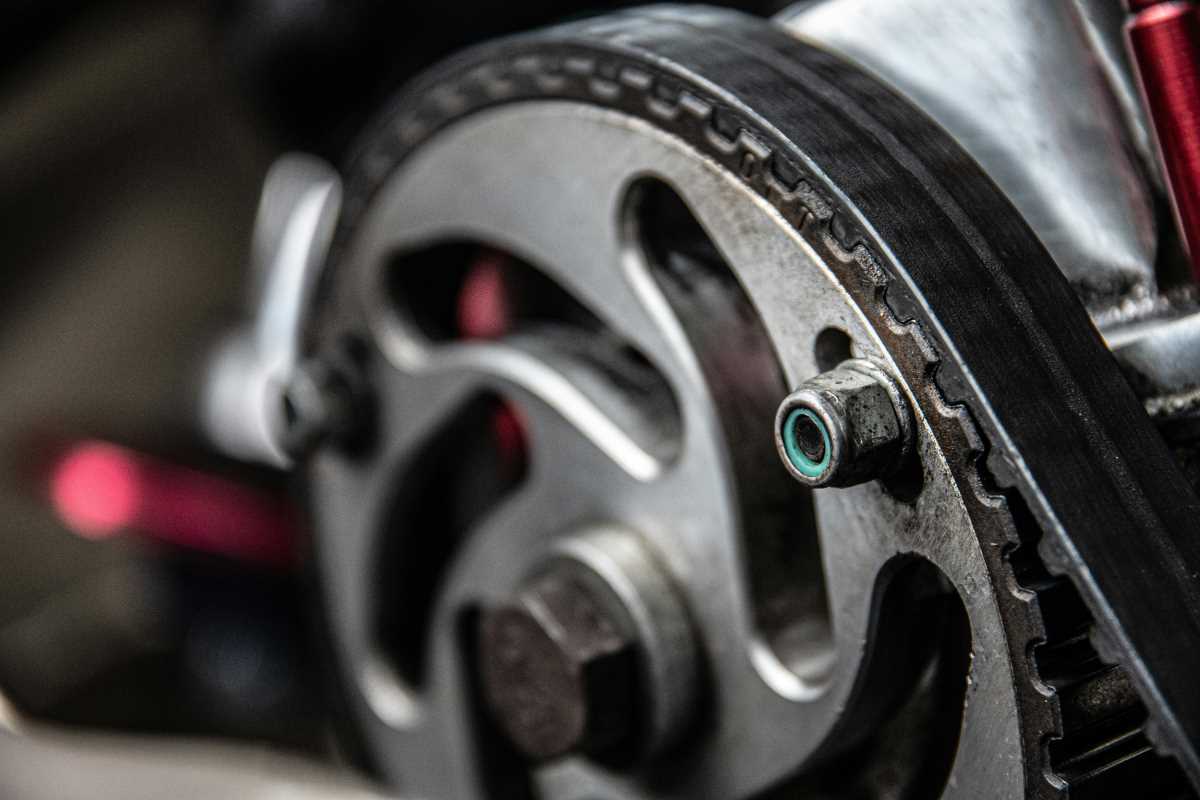Your car’s transmission is one of its most complex and essential components, responsible for transferring power from the engine to the wheels. Keeping your transmission in good shape ensures smooth operation, better fuel efficiency, and, most importantly, a longer lifespan for your vehicle. This FAQ guide will walk you through how to care for both automatic and manual transmissions, signs of trouble, and when to call in the professionals.
Why is Transmission Maintenance Important?
The transmission bears the brunt of converting engine power into motion. Over time, wear and tear can cause serious damage if the system isn’t maintained properly.
- Improved performance: Regular care keeps your car running smoothly and shifting gears seamlessly.
- Avoids costly repairs: Transmission repairs and replacements are among the most expensive fixes for any vehicle. Preventative maintenance can save thousands of dollars.
- Prolongs car life: A healthy transmission is key to your car’s overall longevity.
How Often Should You Check Transmission Fluid Levels?
Transmission fluid lubricates and cools the gears inside the system. Checking it regularly is one of the easiest ways to keep your transmission healthy.
- For automatic transmissions:
- Warm up the vehicle by driving for about 10–15 minutes.
- Park on level ground, keep the engine running, and open the hood.
- Locate the transmission dipstick (usually near the back of the engine).
- Pull it out, wipe it clean, reinsert it, then check the level and color.
- The fluid should be within the appropriate range and have a red or pink color. Brown or burnt-smelling fluid needs immediate attention.
- For manual transmissions:
- Manual systems don’t usually have a dipstick. The fluid must be checked via a plug in the transmission case, best done by a mechanic unless you’re experienced.
Tip: Consult your owner’s manual to know how often to check the fluid and what type of fluid your car requires.
When Should You Change Transmission Fluid?
Replacing transmission fluid at the right time keeps the system lubricated and functioning efficiently.
- Automatic transmissions: Change the fluid every 30,000 to 60,000 miles, or as recommended by your manual. Vehicles with heavy towing or high-performance driving may need more frequent changes.
- Manual transmissions: Typically require a fluid change every 30,000 to 50,000 miles.
Signs you’re due for a change:
- Slipping or delayed gear shifts.
- Grinding or whining noises while in motion.
- Overheating transmission or a burning smell.
Neglecting fluid changes can cause increased friction and lead to costly damage.
What Driving Habits Protect Your Transmission?
How you drive has a significant impact on your transmission’s lifespan. Here are some essential driving tips to reduce stress on your system:
- Avoid hard starts: Accelerating too quickly puts unnecessary pressure on your transmission. Gradual acceleration is better for the gears.
- Don’t ride the brakes: Constant braking, especially downhill, heats up the transmission fluid, causing it to degrade faster. Use lower gears instead.
- Shift carefully:
- For automatic drivers, always come to a complete stop before shifting between drive, reverse, or park.
- For manual drivers, fully depress the clutch before shifting to avoid grinding gears.
- Warm up your car in cold weather: Allowing the engine to warm up reduces strain on the transmission during the first few miles.
Pro Tip: Avoid towing more weight than your car is rated for, as this stresses the transmission’s components.
Are There Differences in Maintaining Automatic and Manual Transmissions?
Yes. While some maintenance practices apply to both, there are key differences depending on the type of transmission.
- Automatic transmissions:
- Regularly check the fluid as described above.
- Use “park” or “neutral” at long stops to reduce wear and tear from holding “drive” indefinitely.
- Watch for overheating, especially when towing.
- Manual transmissions:
- Inspect the clutch for signs of wear. If you notice slipping, noises, or difficulty shifting, it may need attention or replacement.
- Avoid resting your foot on the clutch pedal (riding the clutch), as it accelerates wear.
- Check for proper fluid levels periodically, as low fluid can lead to grinding gears.
Each type requires consistent care unique to its design, so always tailor maintenance to your specific system.
How Do You Recognize Signs of Transmission Trouble?
Catching issues early can make all the difference when it comes to transmission health. Here’s what to look out for:
- For automatic transmissions:
- Delayed or jerky gear shifts.
- Fluid leaks under the car, often red or brown in color.
- A dashboard warning light (e.g., “Check Engine” or a transmission-specific alert).
- Grinding or whining noises while driving.
- A noticeable burning smell.
- For manual transmissions:
- Difficulty shifting gears or a stiff gear stick.
- Slipping out of gear unexpectedly.
- Grinding noise when changing gears.
If you experience any of these symptoms, address them immediately to avoid worsening the problem.
Can DIY Maintenance Help with Transmission Care?
Yes, some basic transmission maintenance tasks can be handled at home:
- Fluid checks: You can easily monitor automatic transmission fluid levels using the dipstick method.
- Pan inspection (if comfortable): Some people opt to remove the transmission pan to check for metal shavings or debris, which could indicate internal wear.
- Address minor issues:
- Replace the transmission fluid and filter (if your car is designed for home replacement).
- Tighten loose transmission lines if leaking fluid is detected.
Always follow your owner’s manual and ensure you use the correct tools, or consult a mechanic for assistance.
Safety Reminder: For major repairs (e.g., replacing a clutch or fixing a torque converter), always seek professional help to avoid damaging the system further.
When Should You Visit a Mechanic?
Not all transmission problems can or should be fixed at home. If you notice the following, it’s time to see a professional:
- Persistent symptoms, such as grinding, slipping gears, or overheating, that don’t improve after fluid changes.
- Visible leaks near the transmission pan, driveshaft, or lines.
- Warning lights related to transmission performance.
- Failing clutch that affects your ability to shift on a manual car.
- Burnt fluid smell linked to overheating or excessive friction.
Transmission specialists have the expertise and tools to handle complex repairs and diagnostics, ensuring your safety on the road.
What Are Long-Term Transmission Care Tips?
To keep your transmission healthy over the years, follow these best practices:
- Service regularly: Stick to your car’s maintenance schedule for transmission fluid changes and inspections.
- Install a cooler (if towing): For vehicles frequently towing heavy loads, an auxiliary transmission cooler can prevent overheating.
- Plan ahead for repairs and replacements by budgeting for maintenance early. Investing in proactive care minimizes surprises.
- Drive cautiously: Avoid sudden stops, hard shifts, and prolonged idling to reduce transmission stress.
Transmission care is an investment in the reliability and longevity of your vehicle. A little effort today can prevent major headaches (and expenses) in the future.
 (Image via
(Image via





